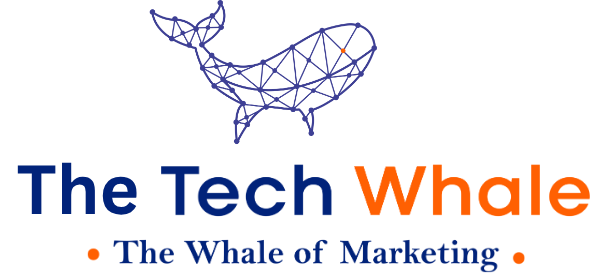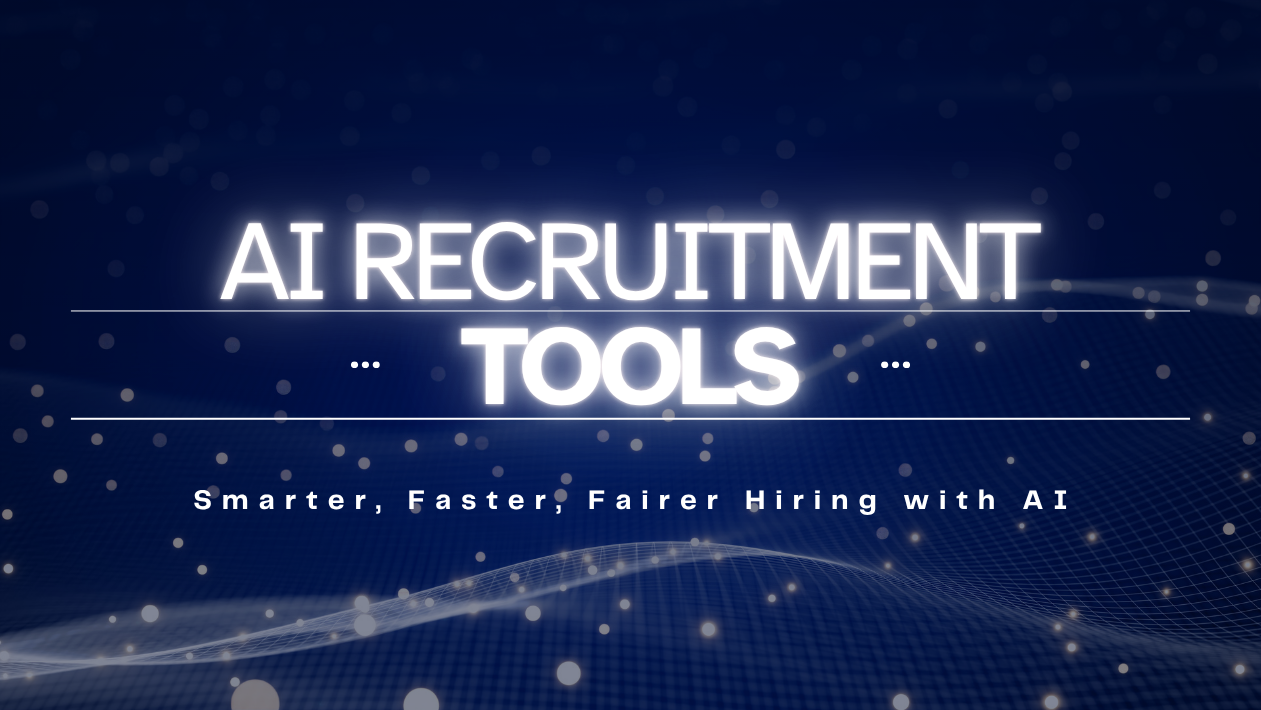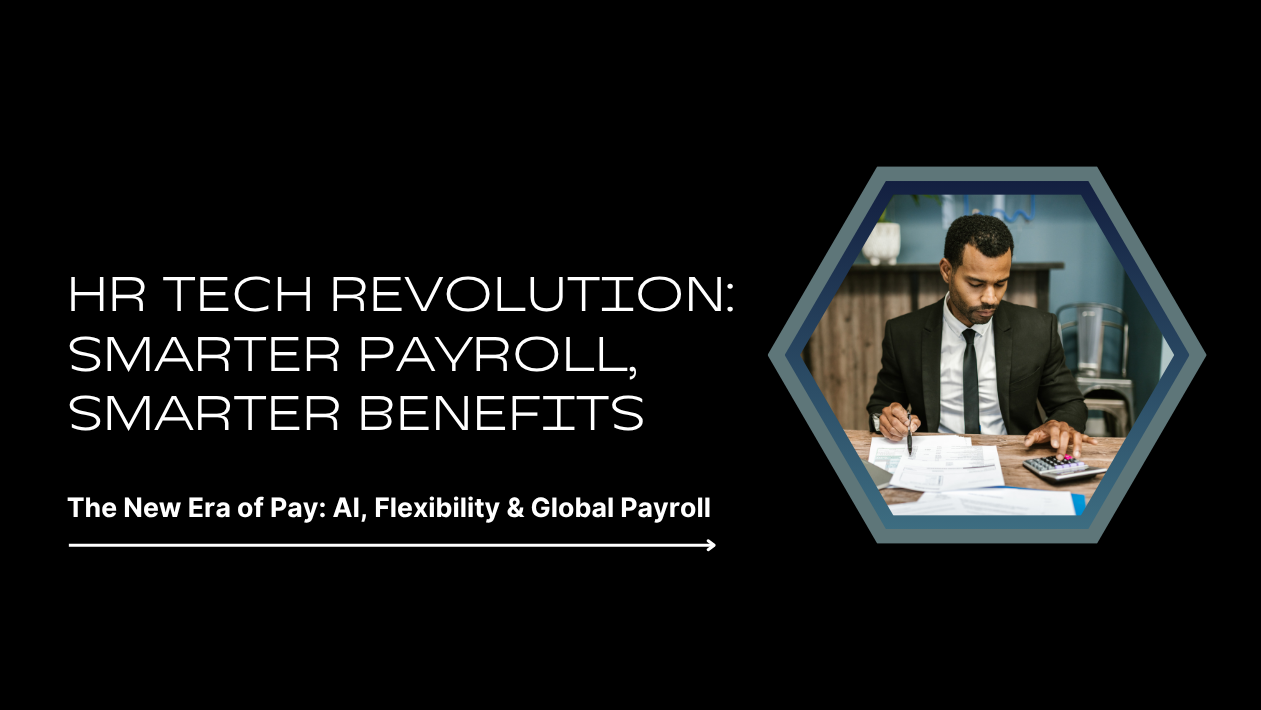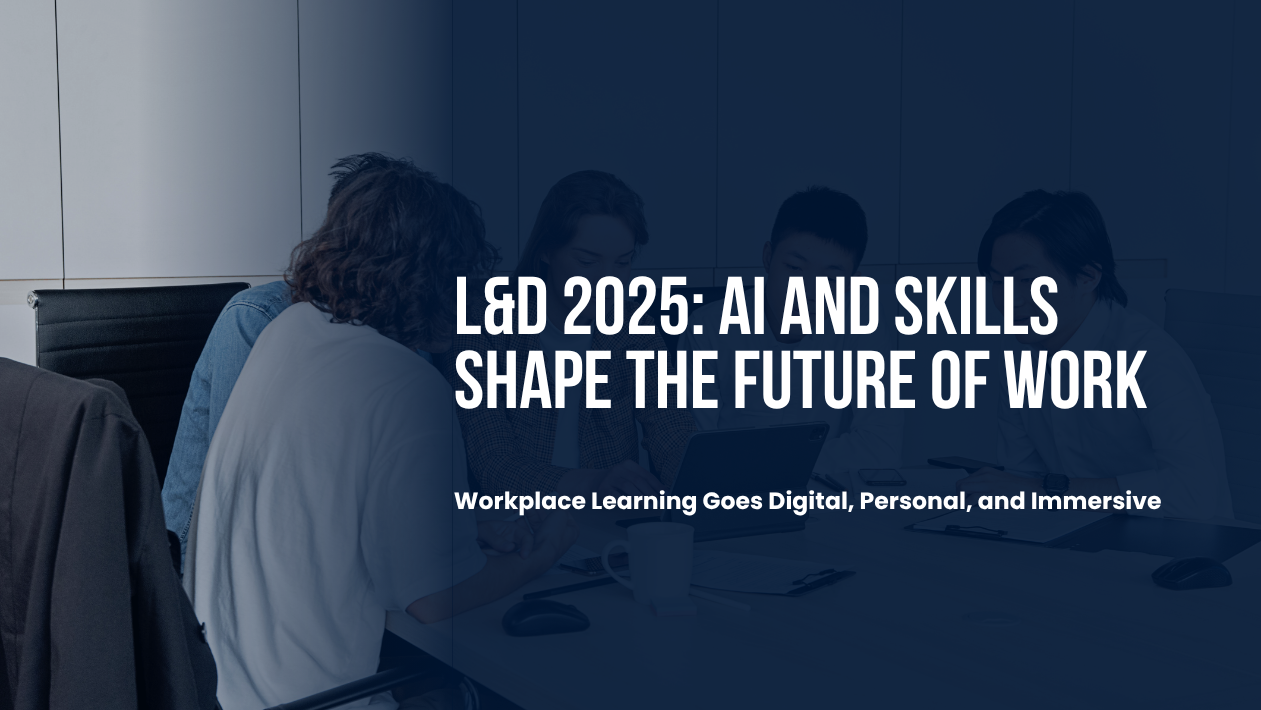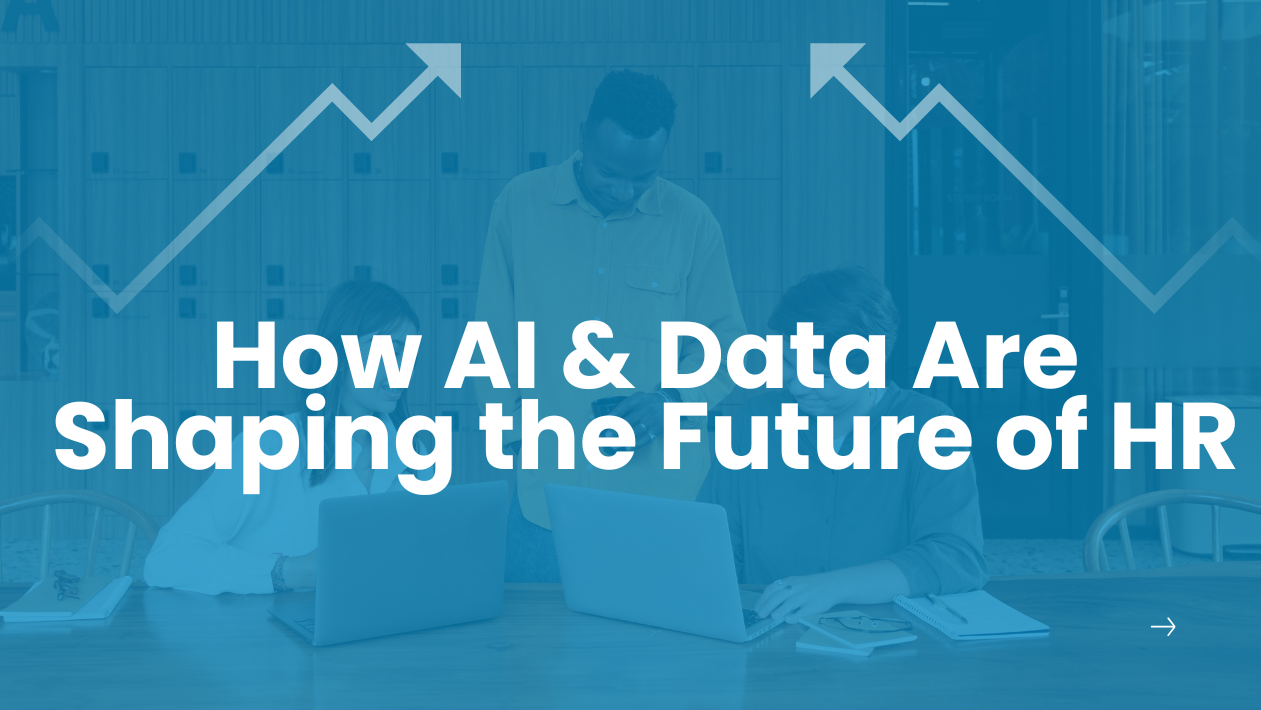In 2025, HR analytics is no longer just about tracking headcount and turnover—it has evolved into a strategic decision-making tool that shapes workforce planning, employee experience, and business growth. Companies across industries are leveraging AI-driven dashboards, predictive models, and real-time analytics to align people strategies with organizational goals.
According to Deloitte’s 2025 Human Capital Trends report, 72% of HR leaders say advanced analytics is now central to talent management and workforce planning.
From Descriptive to Predictive Analytics
Modern HR analytics tools go beyond describing past performance. With the help of machine learning models, organizations can now forecast:
- Attrition risks by department or role
- Future skill gaps critical to digital transformation
- Recruitment needs months in advance
- Employee performance trends linked to productivity outcomes
This shift empowers HR leaders to move from reactive HR to proactive strategy.
AI and People Data Integration
Platforms like Workday, SAP SuccessFactors, and Visier are integrating AI and NLP to analyze unstructured data from performance reviews, employee feedback, and surveys. These insights help identify workforce sentiment, manager effectiveness, and engagement bottlenecks.
Employee Experience Gets Quantified
By combining data on engagement, wellbeing, and productivity, HR teams are designing more tailored employee journeys. Companies are using pulse surveys, collaboration data, and learning metrics to ensure employees feel valued, supported, and continuously developed.
Ethics and Privacy in HR Analytics
As data use expands, so do concerns about employee privacy and ethical AI. Organizations are introducing transparent policies, data anonymization, and compliance checks to ensure analytics supports employees without crossing boundaries.
Skills Intelligence as a Competitive Advantage
One of the hottest areas in HR analytics is skills intelligence—using AI to map employee skills against business needs. This enables companies to build reskilling programs, identify internal mobility opportunities, and close gaps faster than traditional training cycles.
Outlook: People-Centric, Data-Powered HR
As businesses adapt to hybrid work, AI disruption, and global competition, HR analytics is emerging as the backbone of workforce strategy. By blending data with empathy, companies are building agile, future-ready teams while ensuring employees thrive in a constantly evolving workplace.
